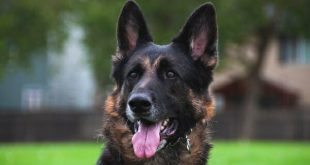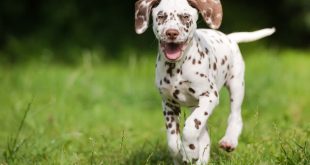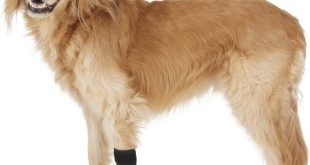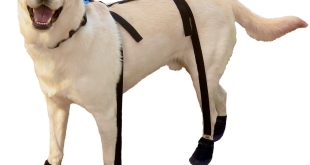Knuckling over is another name for a disability called carpal laxity syndrome which mainly affects puppies who are four months old and below. This problem presents itself on puppies as bulged out wrists or walking with the entire paw touching the ground.
It doesn’t often cause pain and the deformity shows without any form of swelling on your pup’s legs.
Even though the cause of this condition can’t necessarily be pinpointed, there is one main factor that can cause this problem.
This usually happens when malnourished puppies suddenly start getting quality nutrition, leading to rapid growth. This triggers this condition, so it is recommended that such puppies are not overfed to make them put on weight. Although this condition is often unavoidable in malnourished dogs.
Also, this condition has also been linked to genetics and it is mostly seen in large breed dogs.
Type of Knuckling Over in Puppies
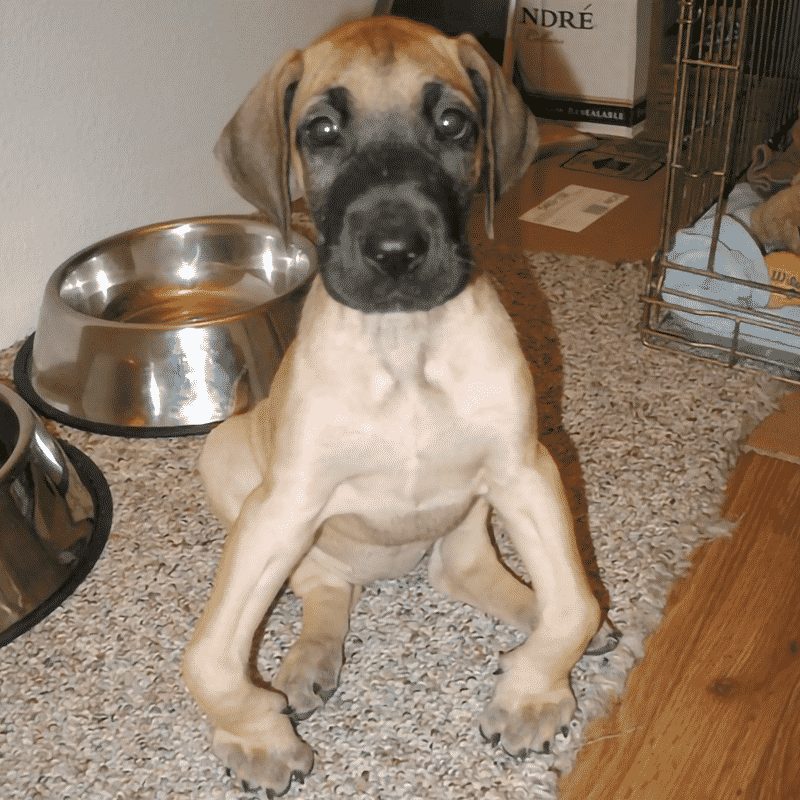
Now, knuckling over in puppies are categorized into two types; One caused by hyperflexion and one caused by hyperextension.
Dogs who suffer carpal hyperextension/hyperflexion do not present signs of disease or other pathology and in some cases, the condition is resolved as being related to genetics.
Hyperflexion is usually seen in the growth plate of your dog’s front legs, either in the wrist or carpal area.
It occurs when the part of your dog’s body that bears its body weight is not able to support its whole body as a result of the muscle, tendon, and ligaments being poorly developed.
In this case, it’s not unusual to notice your pooch having bowlegs.
While hyperextension is a deformity that isn’t hidden. If your pooch has this, you’ll notice that your pooch has elongated carpus and it’s paw lays flat on the ground when it moves.
The first red flag is often the twisting of toes, this is when the ligament laxity is starting to happen.
While some puppies will not advance past this stage, this is when you notice that something isn’t right.
If this happens, it’s a clear indication that you need to have a look at your pup’s diet and the environment especially if your puppy hasn’t been malnourished.
Overweight puppies are at higher risk of developing this condition so you must grow your puppy lean especially if it’s a large-giant breed puppy.
How to Treat Knuckling Over in Puppies
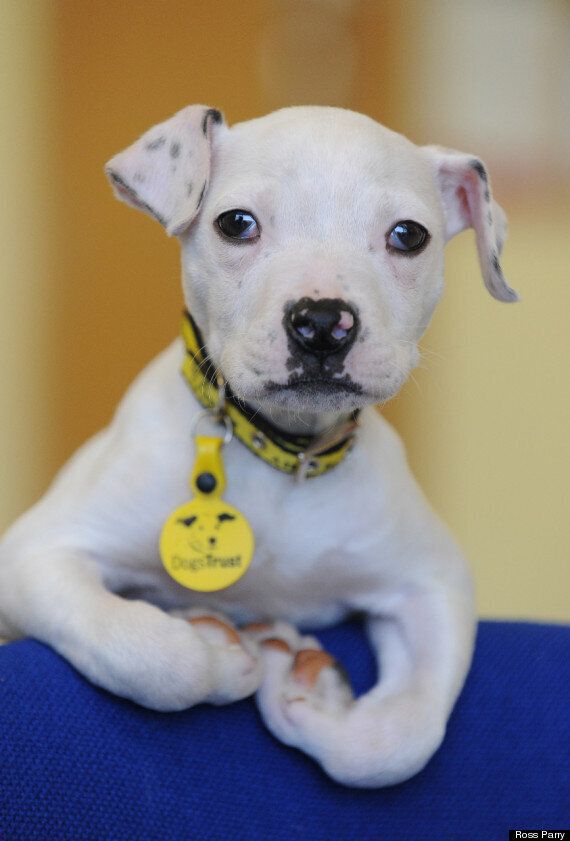
So if your pup has knuckling over, how do you correct it?
There are two ways to correct this deformity.
One is without surgery while the other is with surgery. But since most pups recover without surgery, taking your pooch for surgery should be a last resort if everything else fails.
The treatment to correct knuckling over depends on whether your pup has hyperextension or hyperflexion
For Puppies Suffering from Hyperextension
In cases where the cause is uncertain, it is often difficult to know what the ideal treatment for the condition should be.
However, a study published in the “Veterinary and Comparative Orthopaedics and Traumatology” journal showed that a balanced diet and gentle exercise may be enough to reverse the problem.
For example, your vet may suggest switching to an adult formula of dog food to slow the rapid growth that worsens the condition.
If the condition is severe, your vet may also recommend a soft wrap like a bandage.
Note that, the use of hard splits may restrict the use of the muscle and may make the condition worse.
However, if the reason for the hyperextension is a traumatic rupture of the palmar ligaments, it is important to know that the palmar ligaments do not heal well following injury and if a splint or a cast is applied the problem may persist.
This is why you must get a proper diagnosis from the vet before trying out any solution to correct your puppy’s knuckling problem.
For Puppies Suffering from Hyperflexion
In the case of hyperflexion, a treatment that improves muscle tone with a regime of short and frequent walks, normally done on a hard surface with good grip is recommended.
If you do this for your pup, you should be able to notice an improvement over 4-8 weeks.
According to experiences from dog owners, this method is said to work in approximately 50% of cases.
But if your puppy has difficulty with walking, penning/crating may be appropriate but it’s still recommended that your dog moves about on appropriate surfaces where it can have a good grip.
Also, for your puppy’s non-surgical recovery, there are several anti-knuckling devices you can try but using these devices greatly depend on your dog’s condition whether it’s hyperflexion or hyperextension.
For hyperextension, you can purchase;
No-knuckling training socks. These socks come in different sizes and designs so you can easily choose one that fits your pup perfectly, from your trusted manufacturer.
This is a temporary training tool for short-term, multiple uses to help correct gait and improve hind paw placement.
And here are the reasons why it will help your doggie’s knuckling problem.
- It provides training support for dogs who drag their back paws.
- Stimulates a dog between its toes and causes him to pick the foot up higher.
- Designed to enhance proprioception.
- Lightweight, comfortable, and adjustable, with convenient touch-fastener closures.
The no-knuckling training socks are best used on dogs for 3 – 5 minute walks and removed in between.
And many dog parents have shared their great success with these training socks.
It’s important to note that this is a training tool and will not cure the condition that your pet has.
It’s intended to train them to lift their paw higher and is only meant to be used for 3-5 minutes per session.
It’s also very important to ask your veterinarian to see if the training socks would be ideal for your puppy because these socks aren’t recommended in all cases.
Cases of hyperflexion, the use of splints, leg braces and leg wraps should be considered to support your pup’s legs so it will carry its bodyweight better.
Although the use of splints, braces and wraps do not guarantee that this condition will be resolved successfully.
Be careful to avoid wrapping too tightly or using hard splints as this may worsen your puppy’s condition.
If your pup is unable to walk, other devices like doggie wheelchairs may be used.
Here are some other things to note about Knuckling Over in Puppies
Although this condition is generally self-limiting, affected puppies should only ever be on surfaces they can grip, this means they should not be slippery surfaces such as floorboards, etc.
Also…
Taking an affected puppy on a walk is not appropriate nor is physical play…the only exercises you should subject your pup to are those recommended by your vet.
Your pooch should always be kept on surfaces such as carpet, rubber mats, and grass they can easily grip.
Also ensure that you are not overfeeding your dog because growing your dog in a lean state is very crucial to resolving knuckling over problems.
Since it’s important to avoid giving your puppy any calcium supplements, you can consult your vet to recommend supplements that will be beneficial to your puppy.
Important points to note Regarding your dog’s Knuckling over Condition
Carpal flexural deformity can be prevented by properly weaning puppies before separating them from their mothers.
Also, it’s important to place your puppy on a lean diet as obesity is a factor for knuckling over.
Large and medium breed puppies are susceptible, while small breeds are often unaffected.
Certain breeds, including Shar Peis, Doberman pinschers, German shepherds, and Great Danes, suffer from carpal laxity more frequently – this is most likely because they are large breeds…although, the problem may also be genetically related.
There also seems to be a higher incidence among male puppies than female puppies, according to an article published in the “Veterinary and Comparative Orthopaedics and Traumatology” journal.
Whatever the cause, the recovery rate is high and most puppies with this condition will go on to lead completely normal lives.
 Total Pooch Dog Supplements, Tear Stain Removers, De-wormers, Tylosin for Dogs and other great products.
Total Pooch Dog Supplements, Tear Stain Removers, De-wormers, Tylosin for Dogs and other great products.
